Which Serum Is Best for Hair? Experts Reveal the Ultimate Guide
| Estimated Reading Time: 6 minutes |
You buy a serum because you want a single small bottle to do something your shampoo and conditioner don’t: fix a problem fast. Maybe it’s the frizz that appears the moment you step out, or split ends that make your hair look dry, or simply the dullness that comes from city pollution. So the real question most people keep asking (sometimes aloud in the aisle) is: Which serum is best for hair?
Table of Content: |
Before you reach for the prettiest bottle, let’s slow down and look at the chemistry, the types, and — crucially — what your hair actually needs.
A quick, honest moment
Full disclosure: I’ve bought expensive serums that smelled divine and did absolutely nothing. I’ve also used a cheap argan-oil blend that rescued brittle curls after a week of heavy heat styling. Experience teaches you two things fast: (1) ingredient lists matter, and (2) context matters more — your hair type, your routine, the weather, your styling tools.
Okay. Now the nerdy-but-useful detail.
What serums actually are — the science bit (short and practical)
Most serums are leave-on formulations that sit on the hair surface (the cuticle) rather than trying to “fix” the inner fibre. They work by forming a thin film that:
-
reduces friction (so hair combs more easily),
-
smooths raised cuticles (so light reflects — hello shine),
-
and shields the strand from humidity, pollution and heat.
Formulation-wise, serums are usually mixtures of three functional groups:
-
Occlusives / film formers — lightweight silicones such as cyclopentasiloxane, dimethiconol, amodimethicone or cyclohexasiloxane. These create the protective layer.
-
Humectants — panthenol (pro-vitamin B5) and glycerin that attract and retain moisture.
-
Emollients / oils — plant oils and esters like argan oil (Argania spinosa kernel oil), jojoba oil (Simmondsia chinensis oil) or caprylic/capric triglyceride that soften and add gloss.
You’ll also see hydrolyzed proteins (e.g., hydrolyzed keratin or hydrolyzed silk) in formulas aimed at repair, and antioxidants (e.g., tocopherol acetate, a form of vitamin E) for environmental protection.

Types of serums — not all feel the same
Instead of a table, imagine putting these in your palm and feeling the texture.
-
Spray / mist serums — thin, watery, often stabilized with cyclopentasiloxane. Great if you have fine or oily hair and want a quick anti-static fix. Carry it in your bag for a commute touch-up.
-
Gel serums — slightly viscous; often include dimethiconol and polyquaternium for conditioning. Good for medium or dry hair that needs some structure.
-
Cream/leave-in serums — richer, sometimes close to a leave-in conditioner; better for chemically treated or coarse hair.
-
Oil-infused serums — concentrated oils plus light silicones; best for curly, coarse, or very dry hair — but use sparingly on fine hair.
Which one to pick? Ask yourself: does my scalp get greasy fast? Do I heat-style daily? Do I live somewhere humid? That narrows it down far better than brand hype.
Ingredients to actually look for (and those I’d avoid)
Let’s keep this practical: the good ones help your hair, the bad ones create long-term problems.
Look for (and why):
-
Cyclopentasiloxane / dimethiconol / amodimethicone — lightweight silicones that smooth and protect without making hair feel plastered (if used properly).
-
Panthenol (Pro-Vitamin B5) — humectant and softener, increases tensile strength.
-
Hydrolyzed keratin / hydrolyzed silk — proteins that temporarily “fill in” damaged areas.
-
Argan, jojoba, avocado oil — fatty acids and vitamin-rich oils that restore gloss.
-
Tocopherol (Vitamin E) and ascorbyl glucoside (stable vitamin C) — antioxidants that protect color and keratin from oxidative stress.

Avoid or be cautious with:
-
Excessive dimethicone in heavy concentrations — it can build up, making hair feel dull unless you clarify regularly.
-
Short-chain alcohols (ethanol, isopropanol) in high amounts — they evaporate quickly but can dry hair.
-
Harsh fragrances and unnecessary parabens — possible irritants for sensitive scalps.
A rule I use: if the serum lists a heavy silicone first and no humectant or protein later, it’s probably cosmetic camouflage — good for a night out, not for long-term hair health.
Match the serum to your hair type — real-world recommendations
I’ll give you quick, useable combos — like a stylist whispering in your ear.
-
Fine, oily hair: Use a spray serum with cyclopentasiloxane and niacinamide or aloe. Keep oil-heavy serums away.
-
Dry or chemically-treated hair: A cream/gel serum with panthenol, hydrolyzed keratin and argan oil helps repair and seal moisture.
-
Frizzy / curly hair: Look for amodimethicone or oil-infused serums — they selectively deposit on damaged areas, smooth cuticles, and maintain curl definition.
- Thinning hair: Choose serums containing niacinamide, caffeine, or peptide complexes (e.g., biotinoyl tripeptide-1) to support scalp health — remember these support but don’t magically regrow lost follicles.
Match the serum to the concern — quick guide
Again, practical choices:
-
Frizz & flyaways → silicone film formers (light silicones), keratin, silk proteins.
-
Heat protection → formulas listing “heat protectant” or polymers like polysilicone-29; apply before styling.
-
Split ends / dryness → oil-infused serums with tocopherol and argan. (Note: they hide splits; the only permanent fix is a trim.)
-
Color protection → antioxidants and UV filters (e.g., ethylhexyl methoxycinnamate) help slow fading.
How to use serums — so you don’t ruin a good product
Small mistakes ruin serums more than bad formulations. A few practical habits:
-
Use a pea-size amount for mid-lengths and ends; avoid the roots unless the product says “scalp serum.”
-
Apply on damp hair for better spread and avoid overuse — layering too much causes buildup.
-
Clarify your hair once every 1–3 weeks if you use silicone-heavy serums regularly. A clarifying shampoo with mild surfactants removes buildup.
-
Always use heat-protection serums before hot tools.
A simple test: after one week of consistent, correct use you should see fewer tangles, better shine, less static. If you don’t, either the product doesn’t fit your hair or you’re applying too much.
A reality check: what serums do — and don’t — do
Serums are excellent at smoothing the cuticle and giving immediate cosmetic improvement. They protect and polish. But they are not systemic drugs. They do not:
-
cure clinical hair loss or reverse androgenetic alopecia,
-
permanently repair a split end (only a trim does that), or
-
fully replace the benefits of good nutrition and scalp health.
If hair loss or scalp disease is suspected, a trichologist or dermatologist can run tests (e.g., trichoscopy, hormonal panels). Use serums as part of a broader care plan, not as a sole “fix.

Final, practical answer to the aisle question
So — which serum is best for hair? The honest, useful answer: the one formulated for your hair’s texture and your real concern, and that uses effective actives (light silicones, humectants like panthenol, proteins for repair) rather than empty fragrance or heavy silicones alone.
If you want a starter approach: choose a lightweight spray if your hair gets oily, a keratin/argan blend for damaged hair, and an oil-infused serum for thick or curly textures. Use it sparingly, apply correctly, and pair it with occasional clarifying washes.
Recommended Products by Blue Nectar:
Green Tea Hair Serum for Frizzy Hair with Plant Based Biotin(12 herbs, 50ml)
Batana & Almond Hair Serum for Hair Growth (17 herbs, 50ml)
Rosemary Hair Gel for Curly, Dry & Frizzy Hair with Plant Based Keratin (12 Herbs, 50ml)
Rosemary Advanced Hair Growth Serum for Dry & Frizzy Hair with Plant Based Keratin (17 Herbs, 50ml)
Related Articles:
Stop Using the Wrong Hair Product: Serum vs Spray vs Oil vs Tonic
References:
https://www.redken.in/blog/haircare-tips/what-is-hair-serum
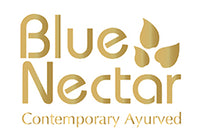

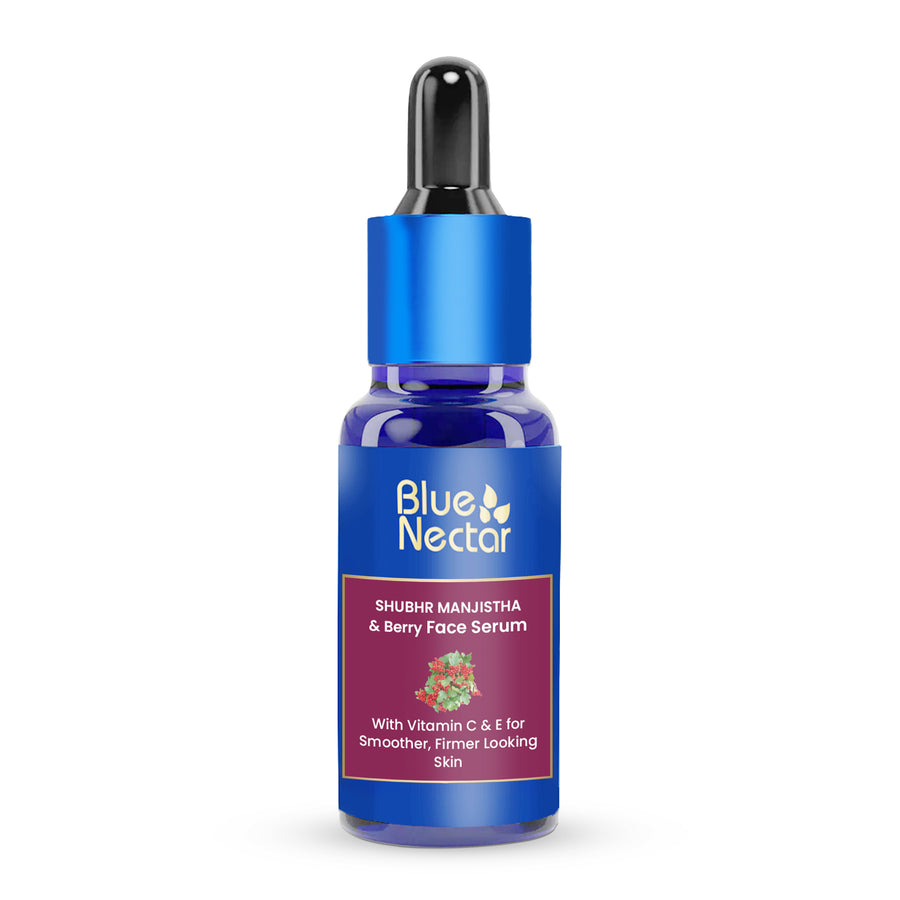
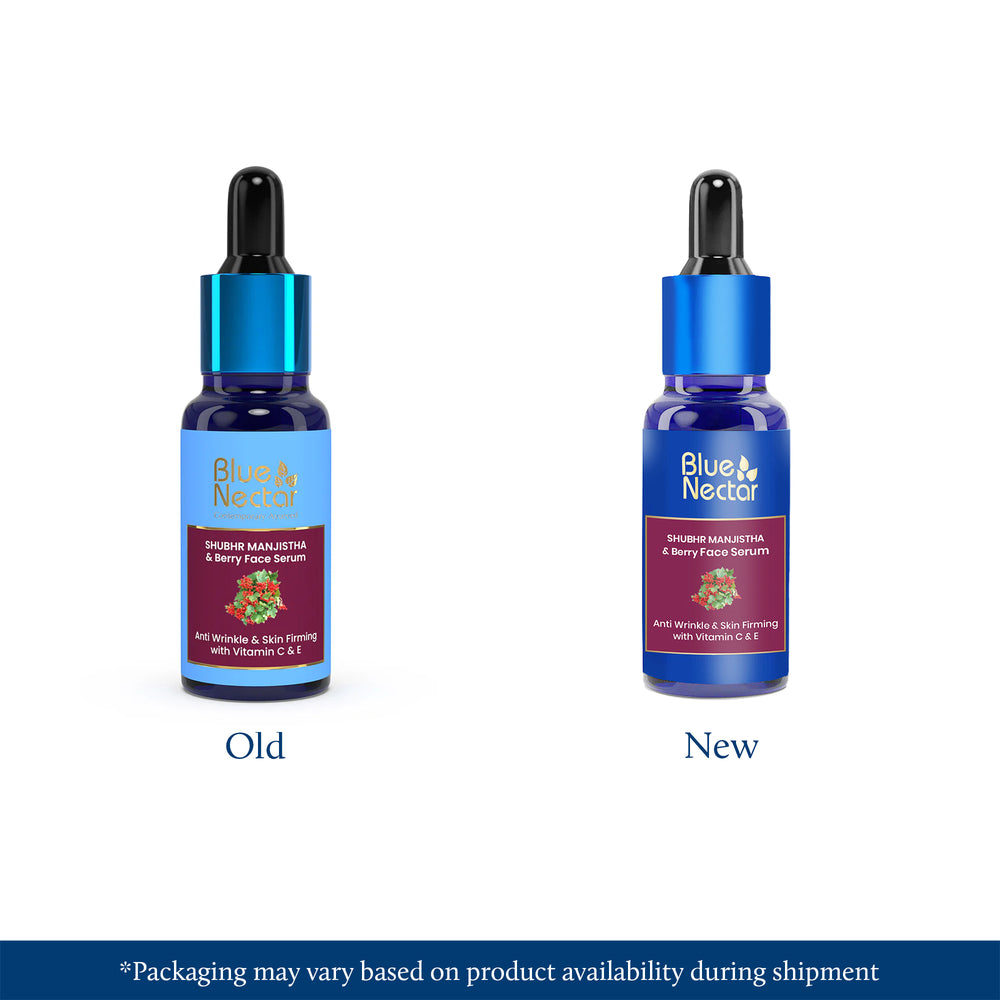
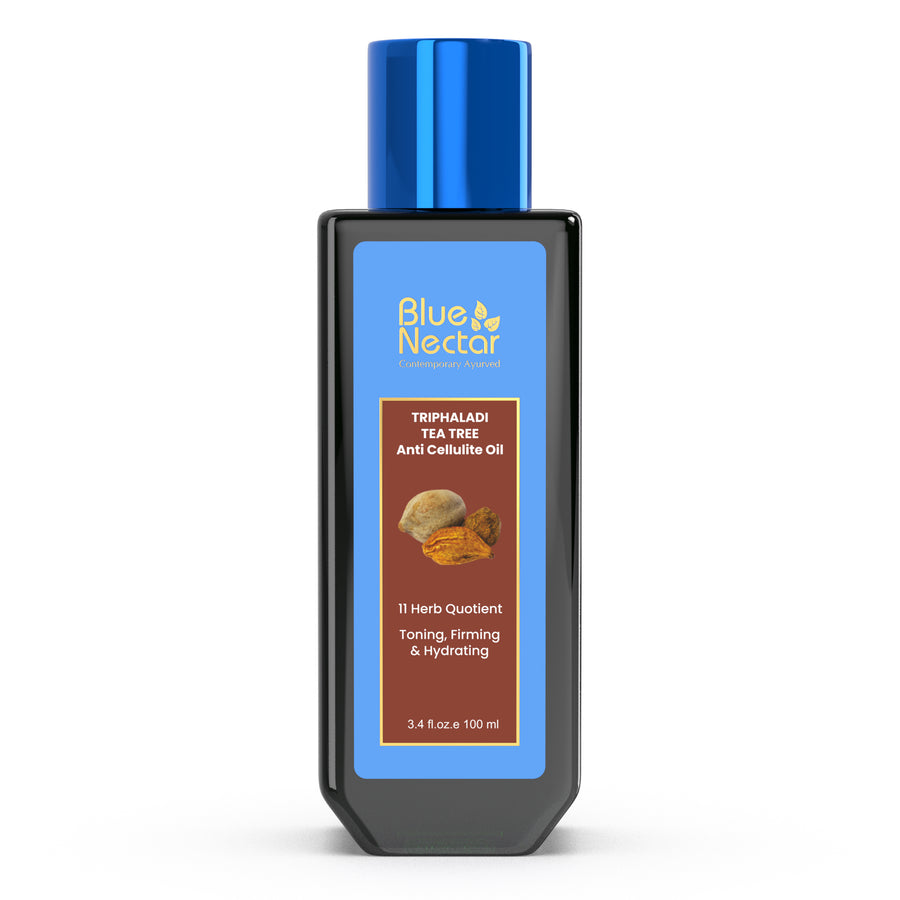
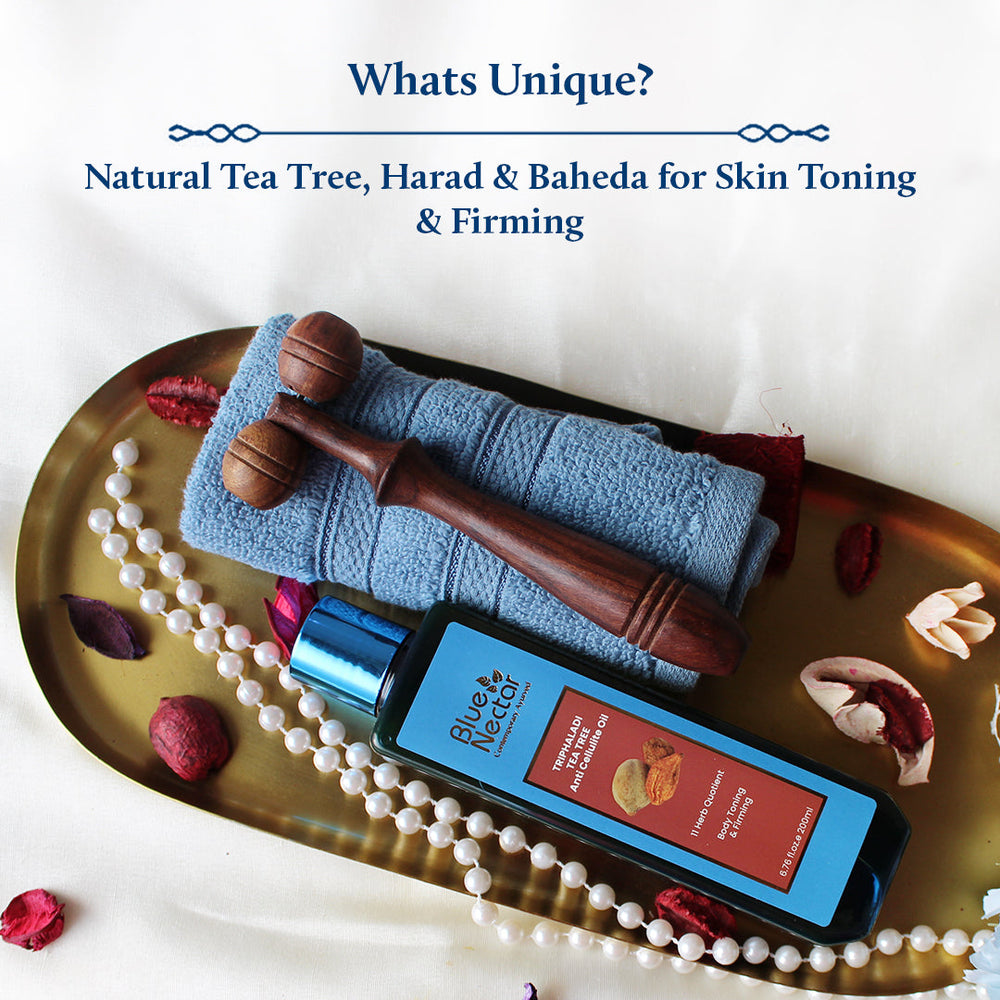


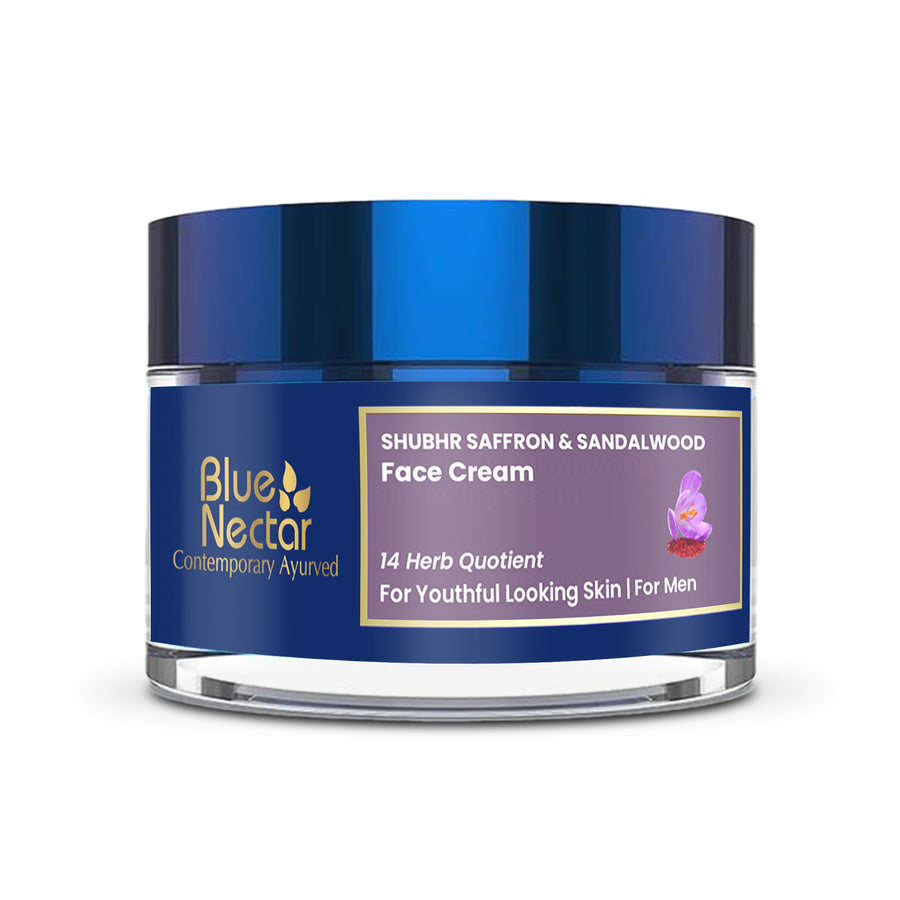
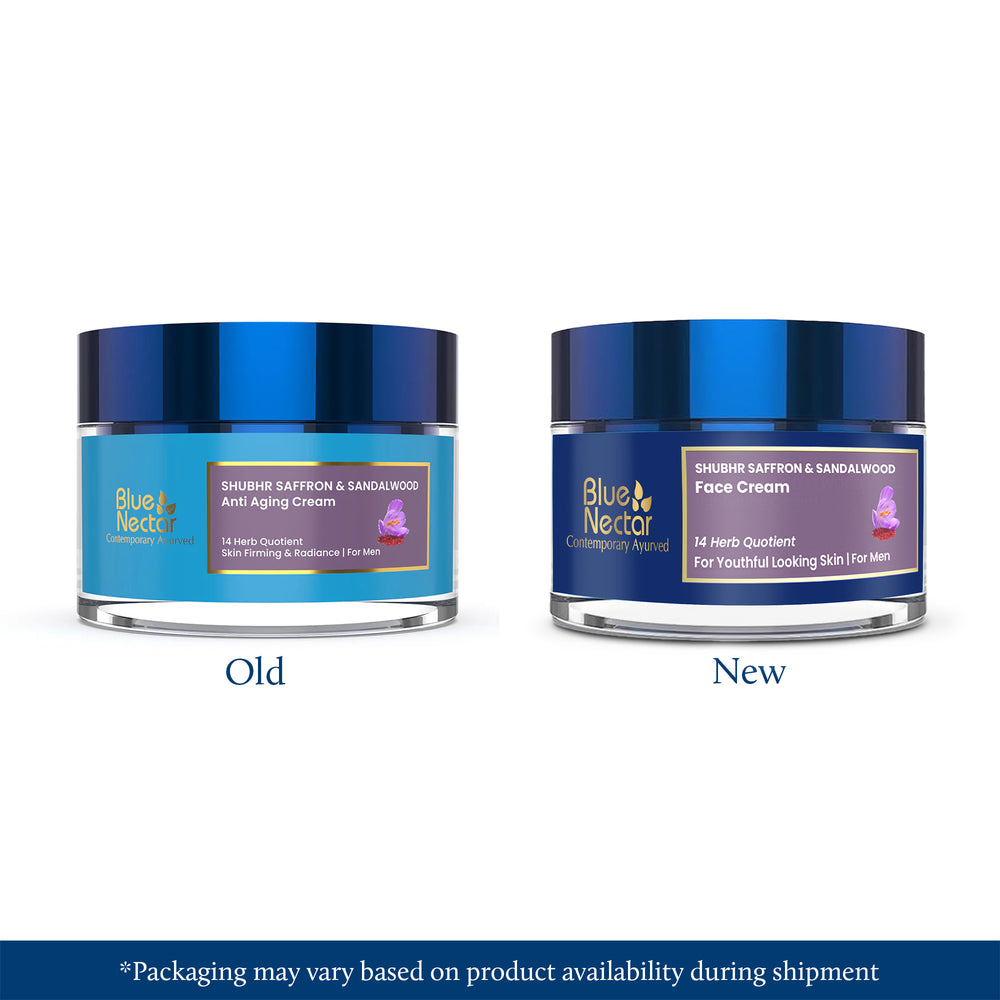
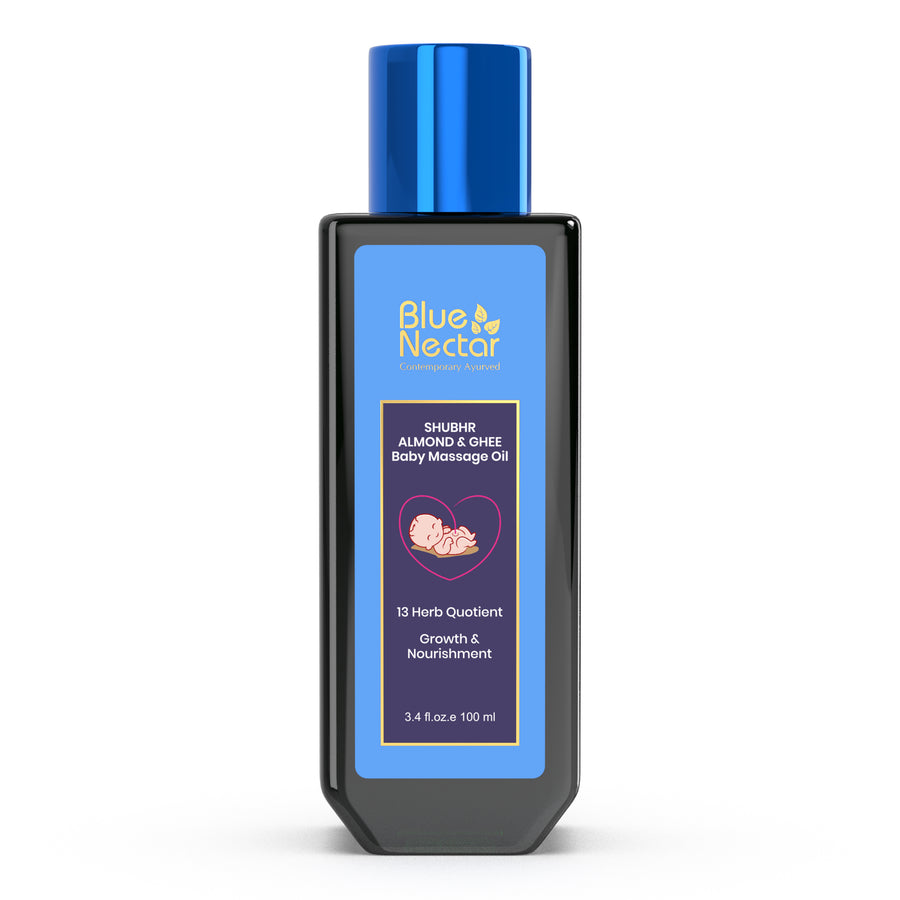
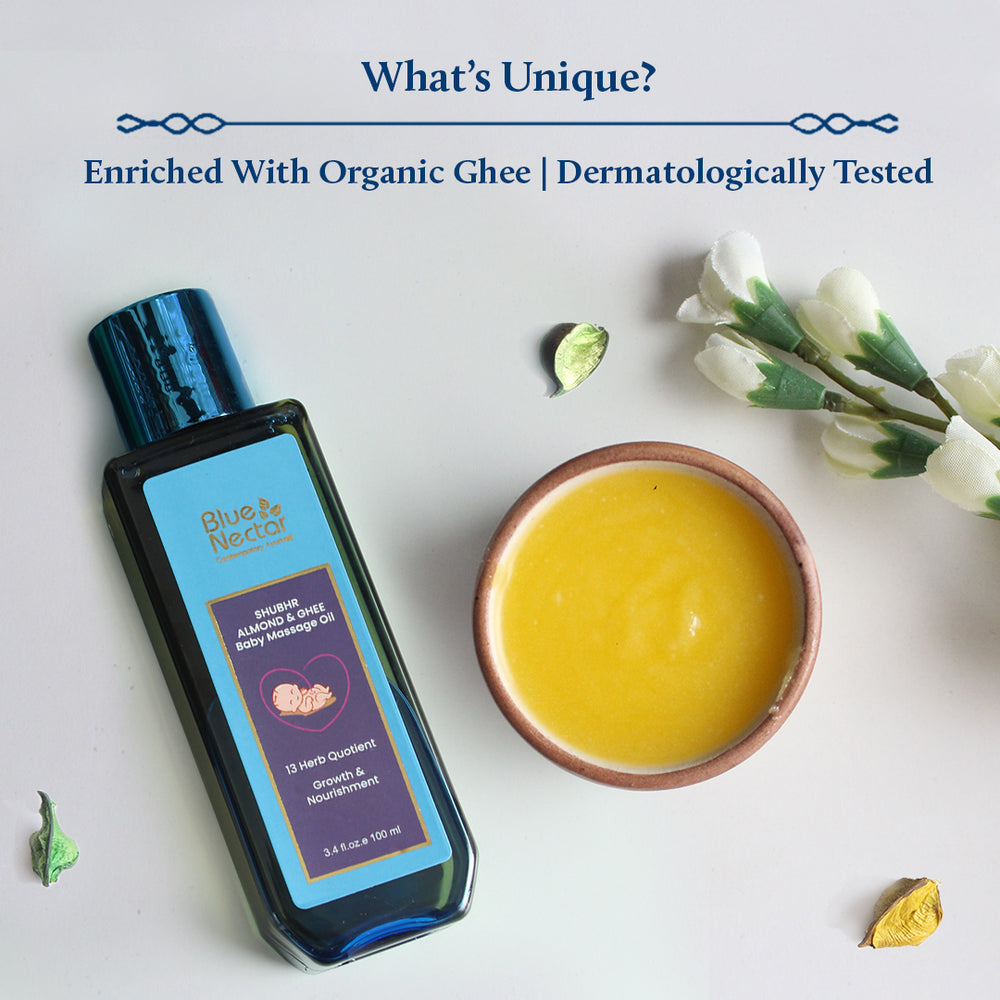
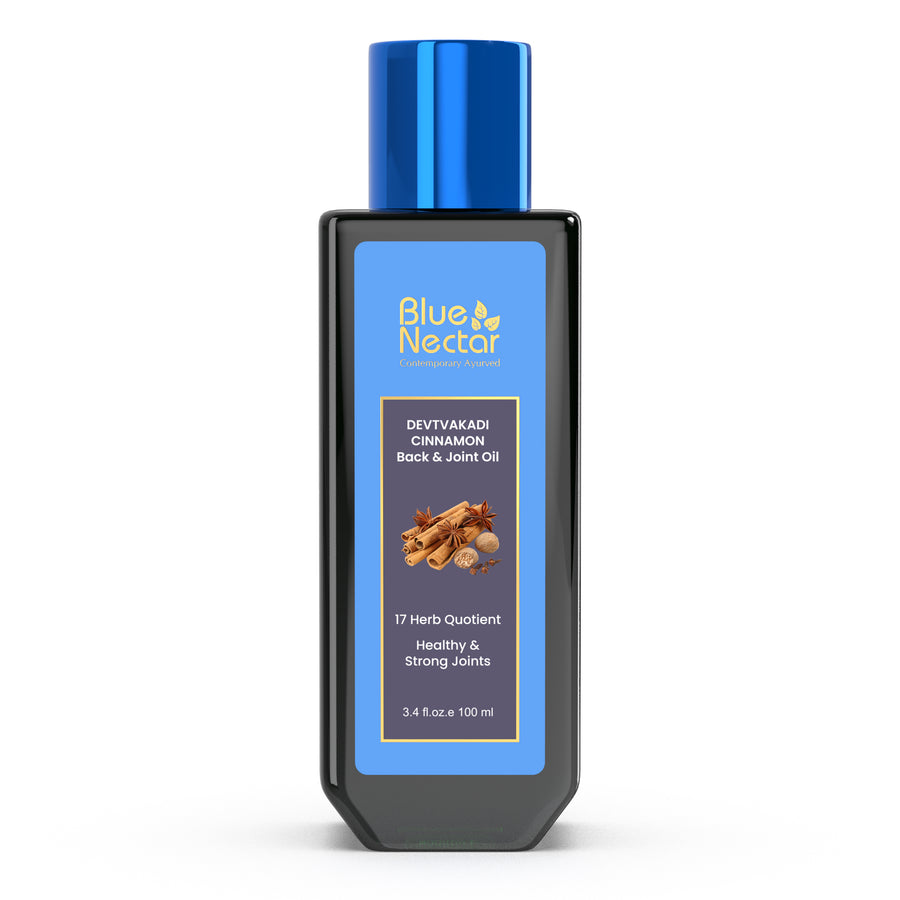
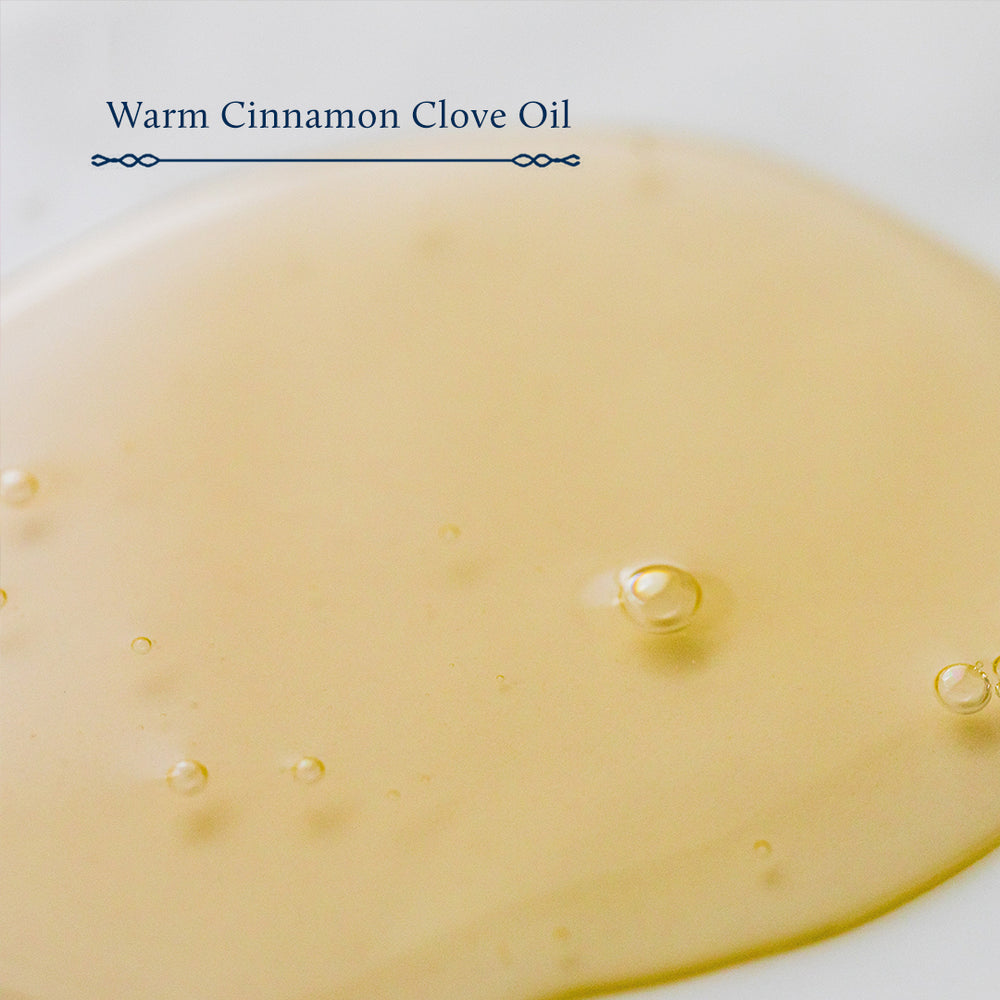



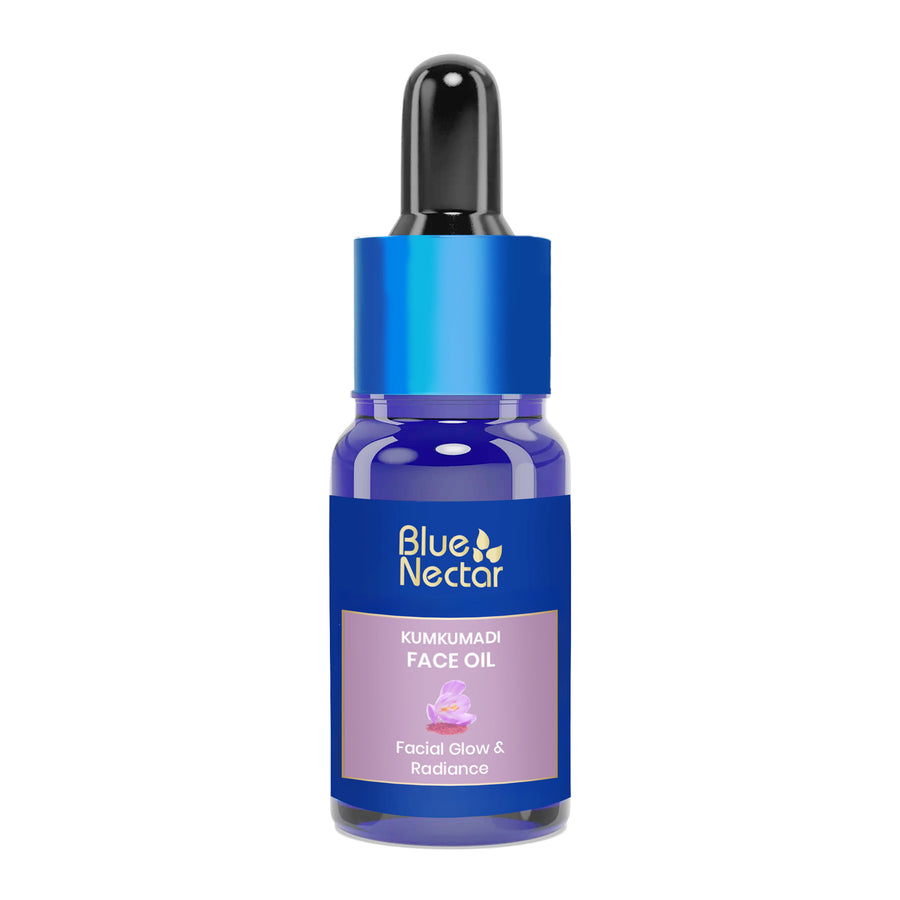
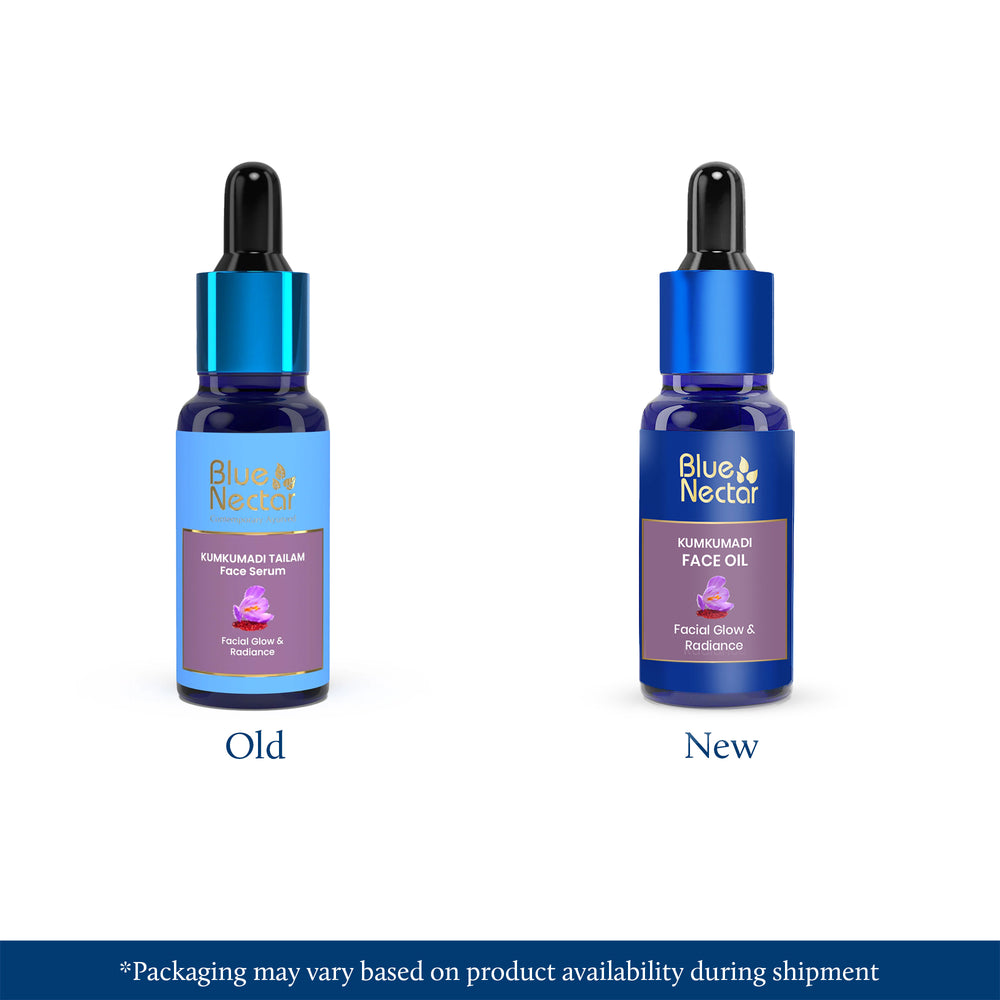
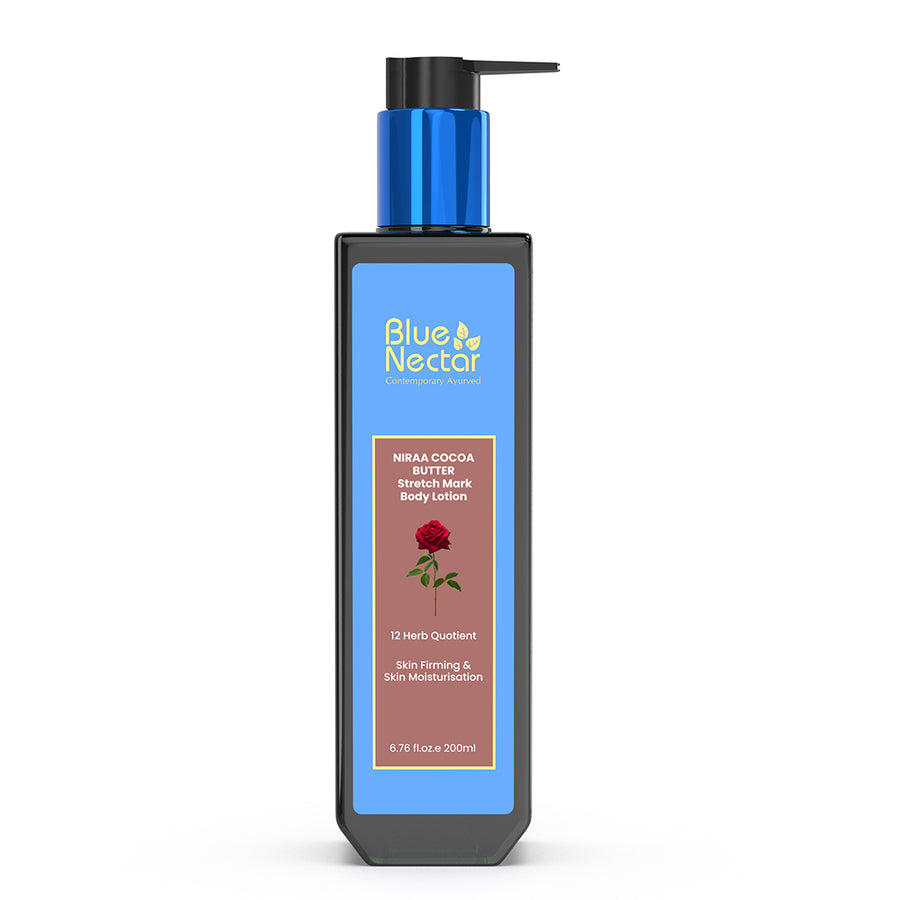
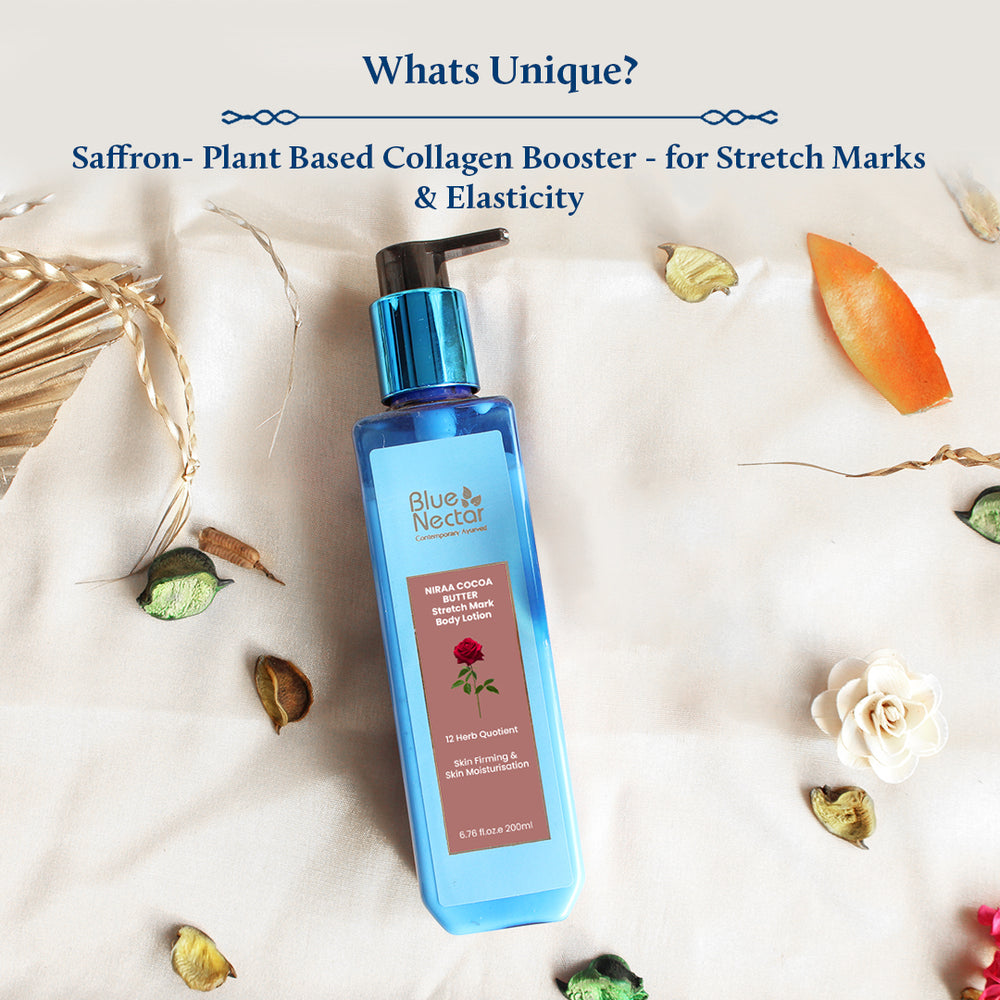
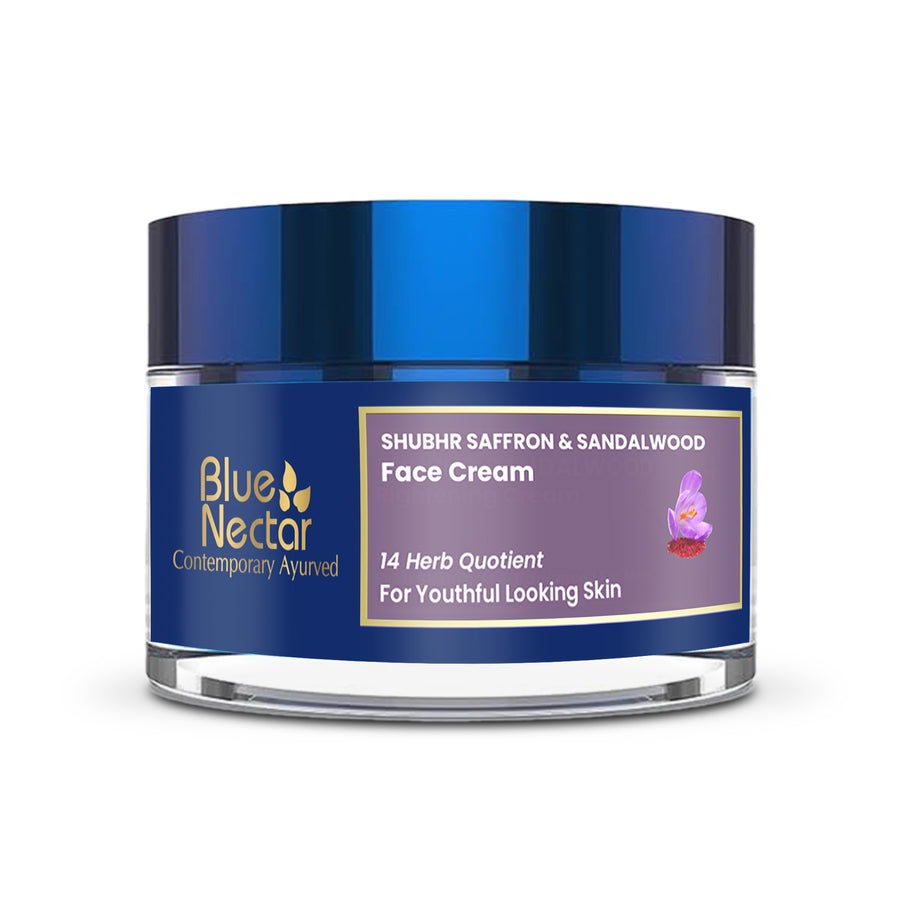
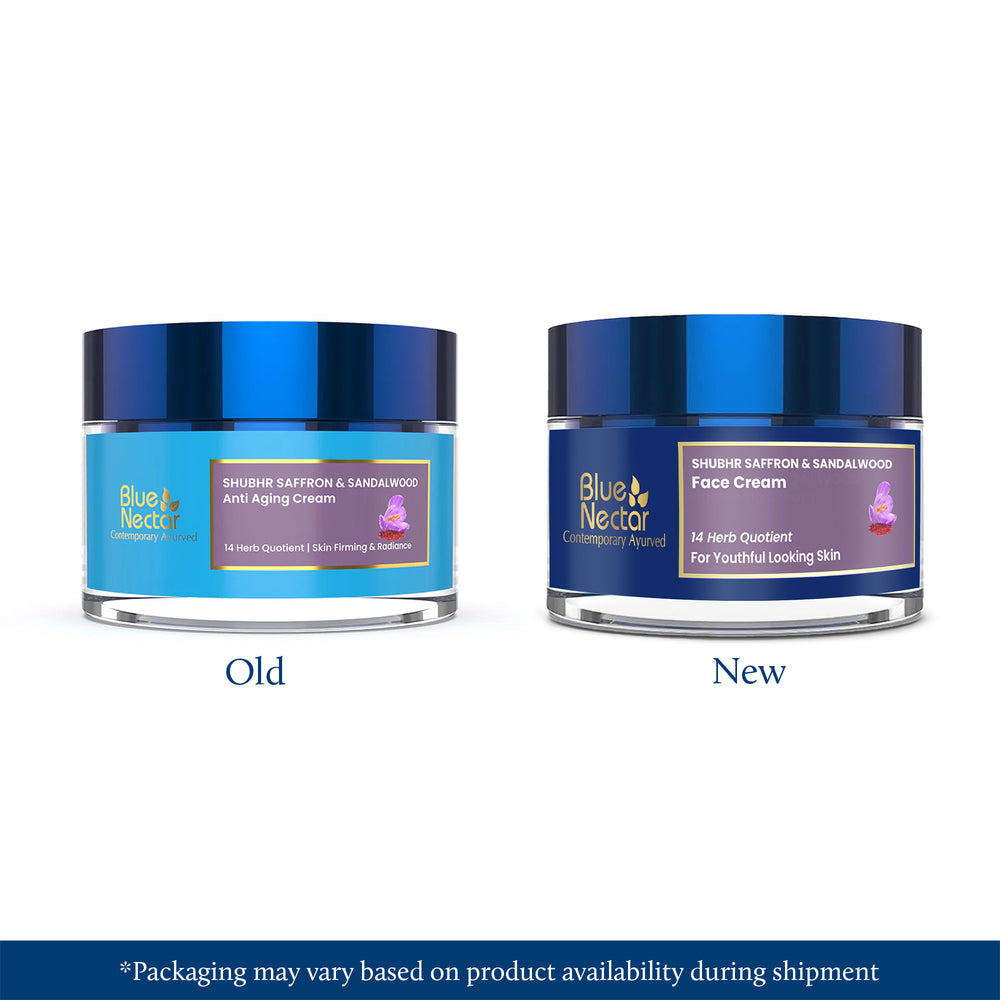
Leave a comment